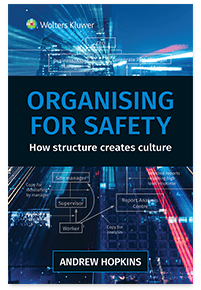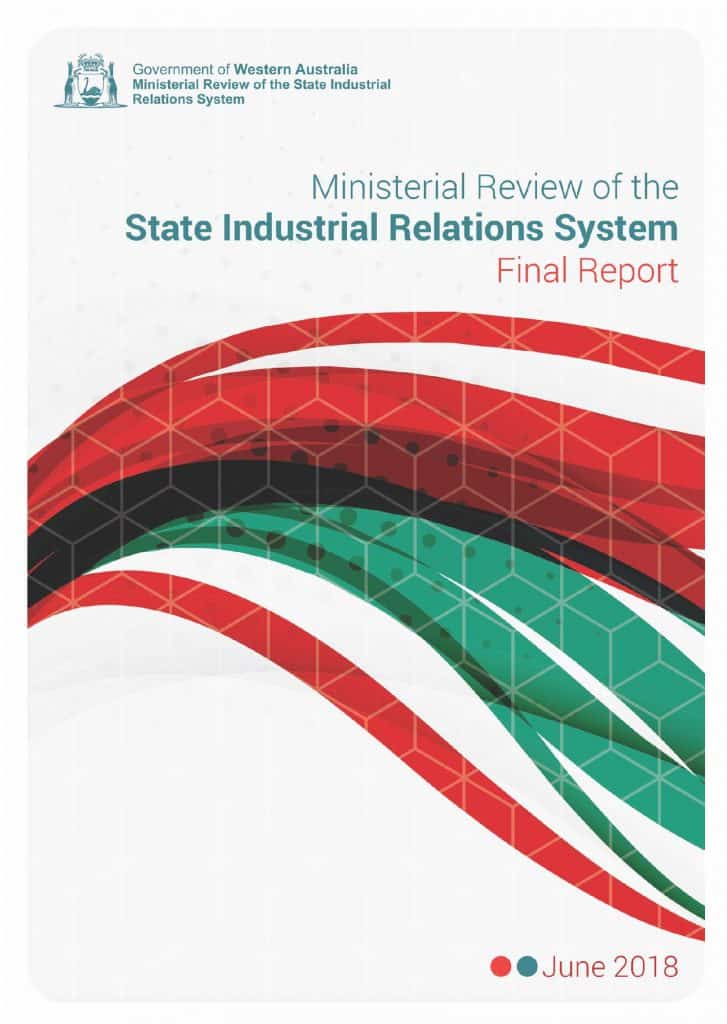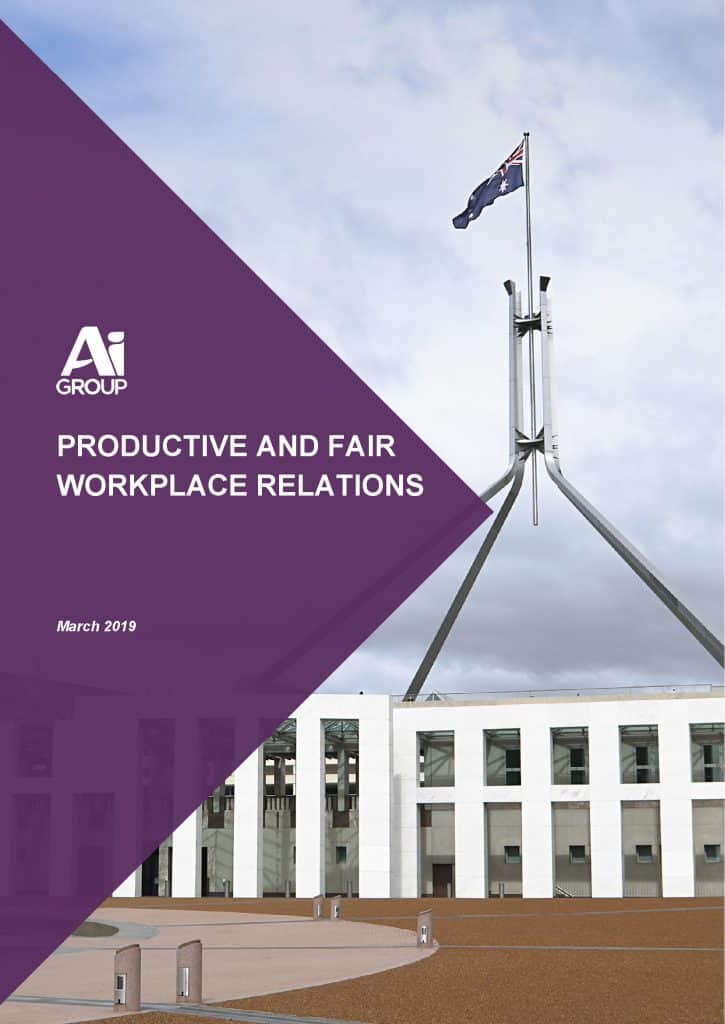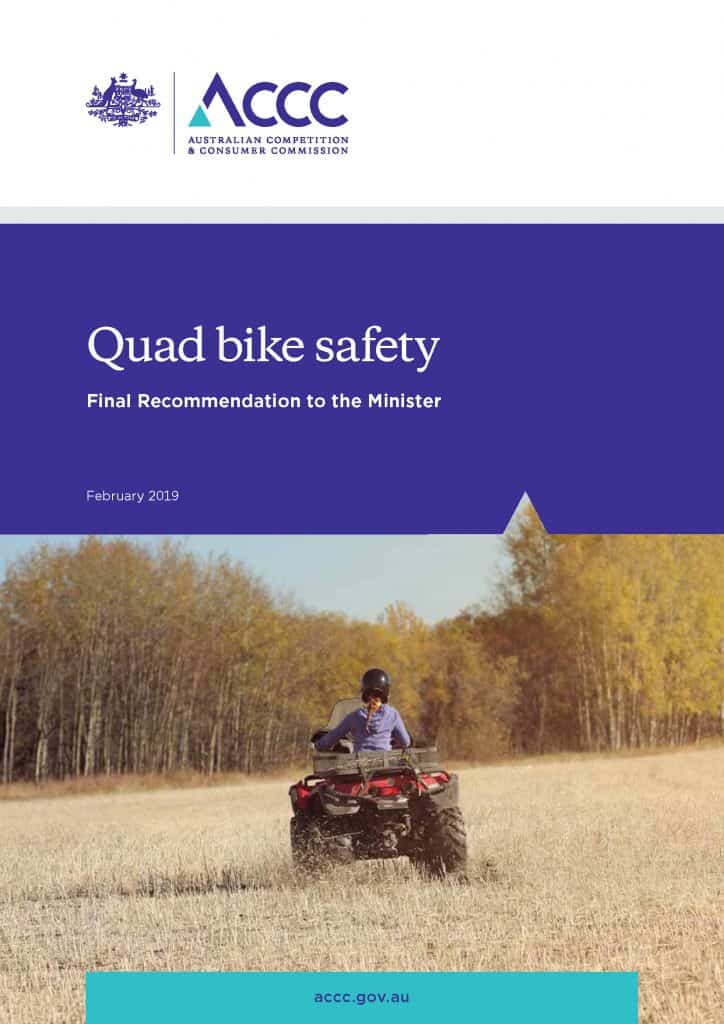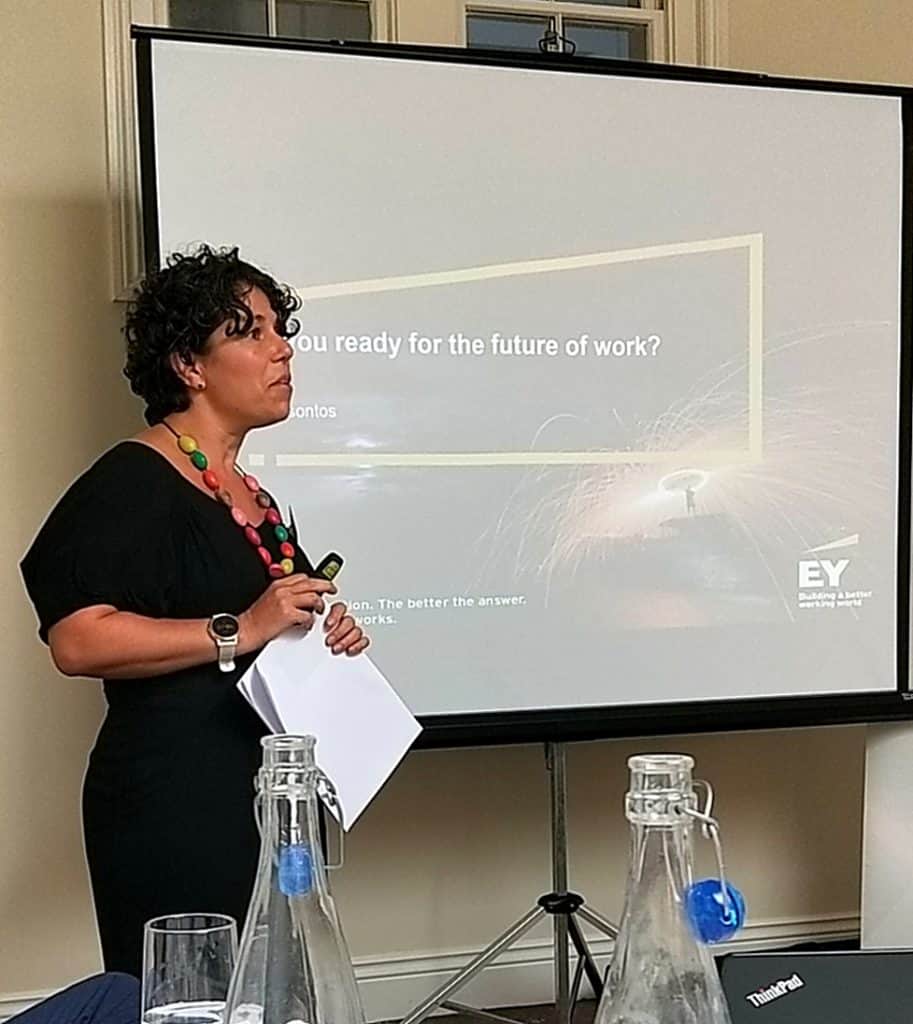
The mainstream media did cover the Australian Labor Party’s statement about workplace safety and industrial manslaughter laws. These issues also featured, unsurprisingly, in some of the commemorations on International Workers Memorial Day. But the issue was largely left floating, irretrievable in the political swimming pool.
David Martin-Guzman, writing for the Australian Financial Review (AFR), painted the ALP announcement as advocating on behalf Australia’s most militant trade union, the Construction Forestry Mining Maritime and Energy Union (CFMEU). This approach sadly places any OHS activity purely in the context of industrial relations. That is likely placing OHS as only part of Human Resources. OHS is its own profession, has its own principles and is supported by its own legislation and government regulator.


